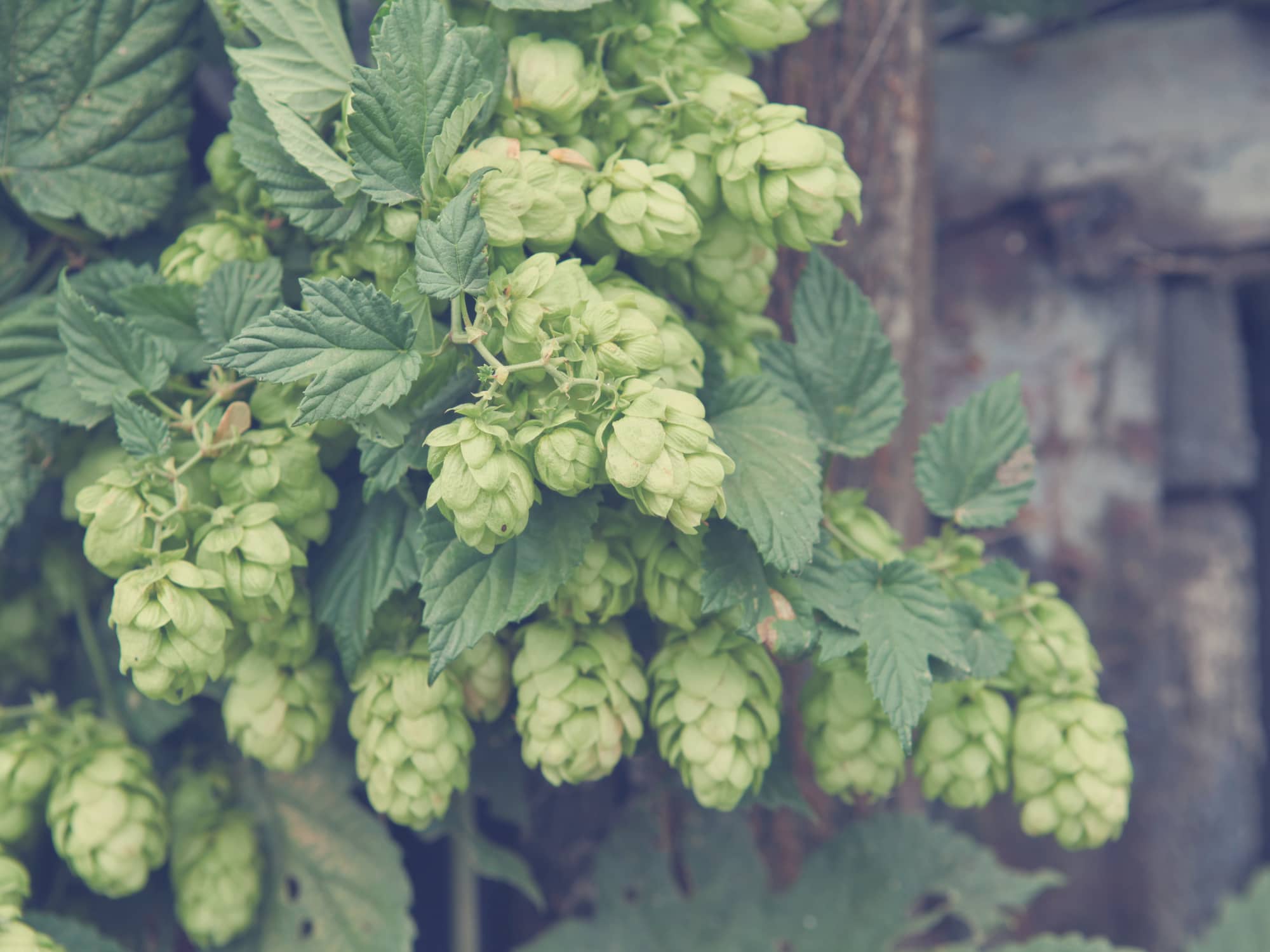Hi All. Today I want to talk about Old Nation’s plans for expansion, and the water that we have to cross to do it.
Those of you who have been out to the pub know that we’re kind of busting at the seams with regard to tanks, raw materials storage, etc. Without a doubt, we can make our facility more efficient and create room for more tanks, but infrastructure improvement regarding wastewater, incoming water, loading docks, etc. make any increase in capacity almost prohibitively expensive, at our age. We believe in our company and, Lord knows, we’re willing to take risks. We’ve done that almost constantly over the last two years, and that work and risk has obviously paid great dividends. We want to stay in Williamston and continue to support the community that has become our home, but it’s clear that this brewery isn’t big enough to supply demand for Michigan alone, much less the other places across the US and in Europe who are asking to have our beer.
So, for us, there are two options: One is to build a large facility from scratch or retrofit an existing facility with equipment to grow our company. Chances are we can’t do that in Williamston, as the local infrastructure is just not geared for that kind of operation and building the wastewater and other infrastructure to handle that in house is not a debt we’re ready to take on, yet. In any event, that process takes a great deal of time to complete and, once it’s done, we have to sincerely hope that the sky still looks as blue as it does to us now. Looks like risk, and maybe too much of it.
The other option is to use another facility with capacity to “contract” brew our brand. This is particularly interesting for a few different reasons. First, I used to do this with our Detroit Brewing Co. brands and the challenge of trying to make a beer the same with different equipment and staff is fun. You learn a lot from both the new machines and from the folks you get to work with. Another reason this is fun is the challenge of trying to replicate a beer with a different water source. Water and water chemistry are possibly the most overlooked qualities of beer in the US, and they can be the most challenging thing to nail down in a situation like the one we find ourselves in now. Having said that, this kind of technical brewing is where I live.
Over the last few months, and right at this minute, I’m excited to put those skills I worked on for 15 years to good use. I’m all for sitting around and thinking about whether coconut, toasted coconut, or coconut macaroon stout will be best. I like to drink and bullshit as much as the next guy. I’d much prefer, though, to get my hands dirty and my mind engaged by trying to figure out if I can make a beer brewed with Williamston water (truthfully not all that great for brewing) taste identical to the same recipe brewed in Detroit (some of the best lager brewing water in the world, look it up!). I like the M-43 as it is, of course, so my aim isn’t to “improve” it in this transition. My aim is to change the “Good” brewing water in Detroit to the extent that the M43 brewed there will be exactly the same as it is in Williamston, which has more challenging water.
So, for the last 4 months, that’s what I’ve been doing. I’ve been driving back down to Detroit, where I brewed for 10 years, and have been fiddling around with different recipes, procedures and techniques at Brew Detroit until I got it right.
Brew Detroit is what’s called a “Contract facility”. Essentially it’s a modern brewery with very few of its own working brands which is intended primarily to brew other brands for other companies. I know the system and equipment there intimately, and I know Detroit’s water as well as any brewer. The Brewmaster there, Joe Thorner, is an idol of mine who’s been brewing since before I was born. He’s headed Sam Adams, Cargill malthouses, Red Hook and many others. He got his start washing kegs at Stroh’s in Detroit the year before Elvis Costello’s first album came out and the same year Jimmy Carter became the president of the US. Working with Joe and getting to know his young crew has been great and, even for a brewer who’s nearing 18 years in his profession like me, getting Joe’s blessing to do whatever I need to in order to make the same M43 in Detroit that I’ve made in Williamston has been a high mark in my career. He’s lovingly called what I’ve been doing one of the most “adventurous little science experiments” he’s ever been involved in and, I feel comfortable saying, I think I’ve significantly reduced his bias against “New England style” IPA. Makes me feel like a precocious apprentice again, and I didn’t realize how much I missed that feeling.
The raw materials are the same in the Detroit made M43 as in the one made in Williamston, if occasionally in slightly different amounts: same hops, malt and yeast. The water is completely different and I had to go through dozens of iterations of whole water chemistry before I got it right, with my brewing partner Nate Rykse’s brilliant flashes of insight and steady hand at the Williamston facility, upon which I’ve come to depend when I’m not getting it right (which happens a lot still).
So, I’ve now got 85bbl of Detroit Brewed M43 to mix in with our normal 440bbl of beer coming from Williamston next week. That Detroit M43 will be draught only and will be sold no farther north than 12 mile, no farther west than US 23 and no farther east than the Canadian border, of course.
I’d like to again ask for your help. If you go out in Southeast MI next week and the following, and if you should grab an M43 at your favorite bar, let us know if you suspect that beer came from Detroit or Williamston. You’ll have about a 50% chance to be right either way.
Of course, one of these diatribes can’t end without us remembering to thank you, the folks who drink our beer. Two years ago, expansion like this was the same far away goal for us as it is for every start-up brewery. It’s all of the fine folks to whom we listened in the development of the M43, Boss Tweed who truly got us here. So, in the same spirit of collaboration – and if you could for the next month or so – please tag us on social media when you drink one of our beers in the wild in the above-mentioned area and let us know where you think it came from. We’ll do our best to respond to all of your posts and, as always, thank YOU for hanging in there with me until the end of this blog post!



